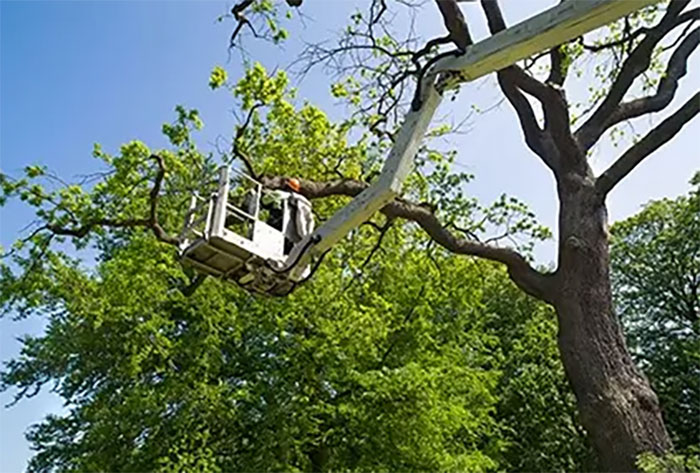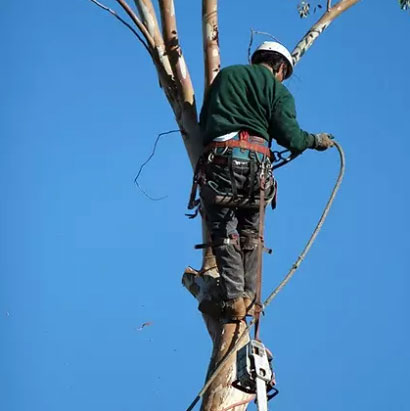
Topping a Cedar Tree
Cedar is a native Lebanese tree with a blackish brown back, dark green leaves, and monoecious flowers. Cedar is well adapted to the mountainous climate where they receive winter precipitation. In the UK, they are also planted in parks and gardens of large estates. It is also common to find cedar in nearly every stately mansion from the 1740s onwards.
Currently, cedar is mainly used for its hard, durable wood which maintains its strong sweet fragrance for a long time. An oil similar to turpentine is another byproduct of the cedar wood. In it’s homeland Lebanon, Cedar is used as an insect repellent. Ironically, it is profoundly affected by honey fungus and aphid attacks.
Does Tree Topping Hurt?
Tree topping is the act of haphazardly cutting large tree branches to stubs at the top, or removing the entire top. Topping mainly occurs to reduce the size of a tree. Tree topping can have many negative effects on your tree including:
- Stressing your tree
- Ruining the appeal of the tree
- Leading to sunburn
- Causing risk to infection
- Expensive maintenance
Trees may provide too much shadow or pose a risk owing to their height, in this case, topping is conducted to keep it at the desired height. Topping, also known as heading, leaves damaged stubs that are unable to perform their role effectively. It is not the best approach to height reduction and can actually pose more risks and damage the tree.

How to Prune a Cedar Tree
Step 1:
Determine the type of cedar tree you have; this determines how you’ll top your tree. The common types are pyramidal cedar, columnar cedar or a globe cedar. Globe cedar have difficulties growing back after trimming. As such, before you begin, ensure they have grown past your desired size. Cut your globe cedar precisely the size you want because if you fail, the tree might not grow to the desired height.

Step 2:
It is recommended you prune your cedar during the spring before it creates new growth. Be careful not to excessively take off too much green of the outer branches so that they repopulate efficiently and not stay bare. It’s recommended that you start pruning your tree from a young age so it naturally grows into the desired shape rather than needing excessive trimming in the future.

Step 3:
For pyramidal and columnar cedars, you must prune the top not more than ¼ inch off the tree’s height. Always ensure you only top branches that are part of the main tree trunk. For topping off more than ½ inch, ensure the branches are placed in an upright position. doing so will not only help the cedar fill itself again but also promotes uniform growth.

Step 4:
Always maintain your topped cedar regularly by pruning preferably once to thrice a year. Pruning must be done between June and July. Pruning after this may affect the subsequent year’s growth since the cedar will already be developing buds. You can remove all the brown leaves but always be careful to keep enough of the green leaves to limit it from growing too tall.





Recent Comments